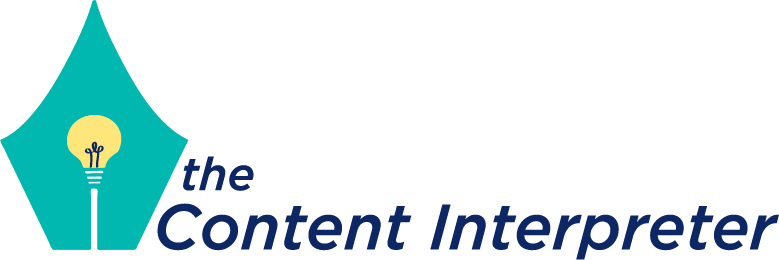For those of us fortunate enough to work from home, there has been a major shift in the way that we are communicating.
I must admit: I was not sure how we would collectively fare. I’m glad I was wrong! I am amazed by how effectively the world has navigated the transition from in-person meetings and events to virtual versions. Every networking event or webinar that I have attended have, at minimum, been satisfactory approximations, or, at best, have been practically seamless.
These observations about the quality of events are paired with an interesting data point: I’m seeing a spike in demand for public speaking consulting. It’s an important indicator, and I think that it comes from the simple fact that all of this is new to almost everyone. Naturally, if any element of a great speech or presentation - from the content you produce to an audience’s in-person response to the feel of the stage or the podium - is altered, it can shake one’s confidence.
How can you adjust?
There are specific steps you can take to own this new platform. Before we get to that, just remember one thing. If you’ve spent time with your story, know the value it brings and have embraced the process to enhance its value, ninety percent of the “battle” between you and the Zoom event has been won.
The additional ten percent speaks to production values. Some of us have never had to consider that before. Technology, no matter how advanced, simply cannot replace the experience of actually being there. Here are some ways you can go from ninety to one hundred:
Invest in a ring light: I can’t tell you how many interviews I’ve seen - even on TV shows that have been forced to go virtual - where the interview subject’s message has been drowned out - sometimes literally - by poor lighting.
The solution is a simple, relatively inexpensive ring light. My good friend, Sally Morgan, used one when she produced this video for me earlier this year, and I can honestly say that it made me look better than I actually do!
Invest in a quality microphone: Having been a guest on many podcasts, i can’t tell you how much more professional my interviews sound after investing in a quality microphone. There are options up and down the price spectrum, but a decent microphone will allow people to focus on what you’re saying, and not wishing that they could experience your voice “in real life”. Vocal variety is one of the keys to great public speaking, but only when you dictate how your voice sounds, not technology.
Make sure your camera is at eye level: As far as I’m concerned, everything else falls into place if you have this covered. Picture quality is generally not a concern with HD cameras available on most laptops and phones. Steadiness is relatively easy to achieve. Most rooms can be easily arranged or rearranged to create a good “set”.
But, if you don’t have your camera at the right height, you fail to make the “eye contact” that is necessary in presentations. Looking directly at the camera, at eye level, creates a connection with the viewer. If you don’t believe me, watch a newscast next time where the anchor looks at the wrong camera as they begin reading the story. It’s immediately disconnecting, if only briefly.
And yes, it’s awkward when you’re the speaker, but it absolutely makes all the difference. To your audiences watching their screens, just this simple act creates the illusion that you are talking only to them.
These are difficult times, indeed, and although adapting your content for the virtual world seems like a “nice to have”, business does continue in one form or another. Move forward in the best way possible by meeting your audience right where they are.

